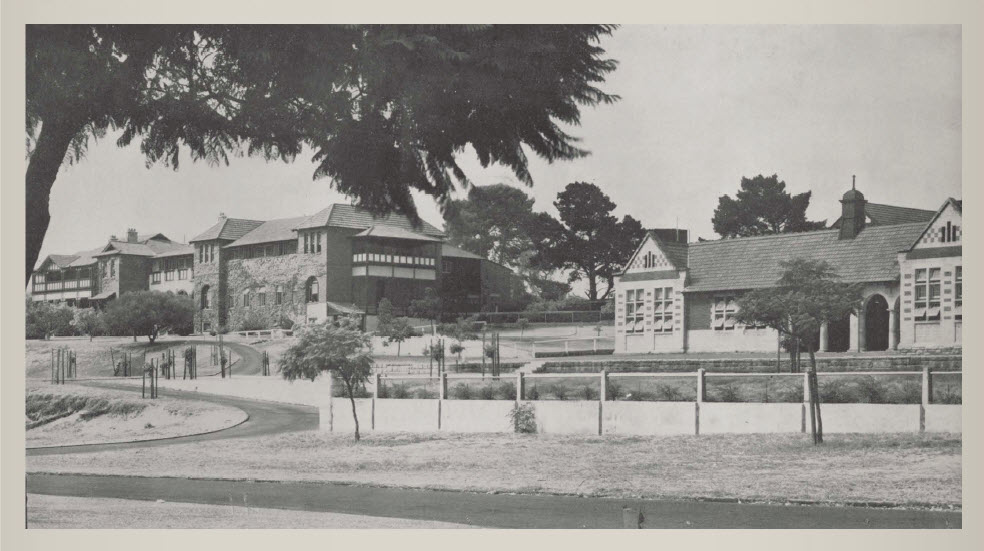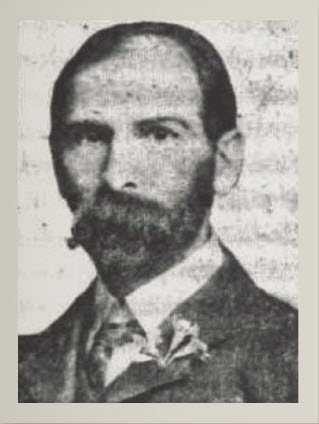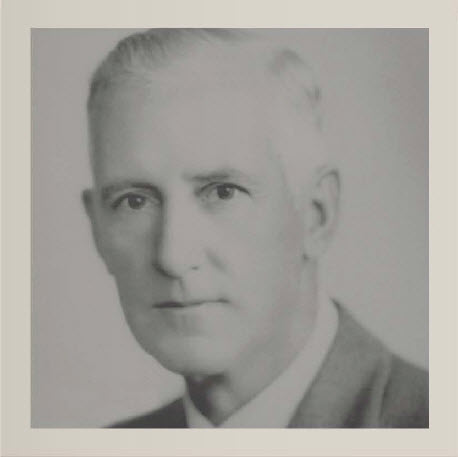This commanding and historical site was originally home to Western Australia's first secondary education facility and boarding house, Hale School.
It was here that the foundations of the public and private secondary school education system in Western Australia were laid. To understand the historical significance and to gain a glimpse of early West Australian life the following provides information on key attributes of the site's history, from how the school came to be, its building and structure, to what life was like for the people residing here.
HALE SCHOOL
Hale School, comprising of the school building and the two storey boarding house, was constructed between December 1913 and 1946. It forms a rare example of an early 20th Century school complex in Western Australia.
Designed and supervised by Hillson Beasley, the Public Works Department's Chief Architect, this single storey brick and tile building was designed in Federation Gothic style.
1940: Hale School and Boarding House Image
Courtesy of Hale School.
Orignally comprising of six classrooms, a central hall a Headmaster's room and Masters common room with entrance vestibules and corridors, enough for 180 boys, it was later extended to include a wooden gymnasium, a science block wing, a Memorial Wing and additional classrooms with linking cloisters.
 ARCHITECT - HILLSON BEASLEY,(1855-1936)
ARCHITECT - HILLSON BEASLEY,(1855-1936) Born and educated in England, and aftera short period working for the Public Works Department in the Cape Colony (South Africa) ,Beasley arrived in Melbourne, Australia in 1886. He lived in Melbourne for 30 years and during this time practiced Architecture and taught at the Working Men's College (the predecessor to the current-day Royal Melbourne Institute of Technology) and the University of Melbourne. He moved to Perth in 1896 and joined the Public Works Department as a draftsmanunder the direction of Chief Architect, George Temple Poole.
Image Courtesy of The State Library
of Western Australia
A loyal and practical practitioner, Beasley became chief architect from1905 to 1917. Known for working within a palette of contrasting stone and red brick (featured in the Hale School building), Beasley was also responsible for Perth Modern School and The Perth Technical School, both being the only two buildings in Perth of similar style to Hale School. He was also responsible for the Midland Courthouse, Fremantle Post OfficeFremantle Technical College and the additions to the West Australian Art Gallery and Library. During his retirement he lectured at the University of Western Australia (1920-21) and later moved to Albany. He died in October 1936.
THE BOARDING HOUSE
Designed by former Hale student, architect Herbert Parry and constructed from 1925 the boarding house occupied the commanding position between the school building and Parliament House.
The two-storey brick and tile building was designed in Inter-war Romanesque style with references to the Californian Bungalow style.
Designed to accommodate 80 borders, three or four masters and the head master and his family, the structure was arranged in the traditional manner with dining and communal rooms on the ground floorand dormitory, infirmary and bathroom accommodation on the firstfloor.
In 1943 a separate drying room was constructed to the rear of the Boarding house and in the following year, 1944, a brick and tile pavilion was built for extra accommodation. In 1950 the Boarding House was again extended to provide extra accommodation.
ARCHITECT - GEORGE HERBERT PARRY,(1882-1947) 
George Herbert Parry more commonly known as Herbert, was born in Perth, the son of the second Anglican Bishop of Perth, Henry Hutton Parry.
Parry was educated at Hale School and later travelled to England where he completed furtherstudies and trained as an architect.
Image Courtesy of the
Australian Institute of Architects
He returned to Perth in 1907 and joined the Public Works Department where he was Chief Architect. In 1908 he left to join the practice Cavanagh and Cavanagh and then in 1911 established his own practice. During this time he designed the Hale Boarding House. Later he partnered with Marshall Cliftonto form the architectural firm,Parry & Clifton.
With a focus on ecclesiastical architecture, no doubt influenced by his upbringing, Parry and his partnership, Parry & Clifton designed many of Perth's religious buildings including, St Hilda's Anglican Church of North Perth, St Stephen's Anglican Church of Serpentine, St Mary's Anglican Church Complex of South Perth and The Chapel of the Guardian Angel.
He died in 1947 at the age of 65 years old.